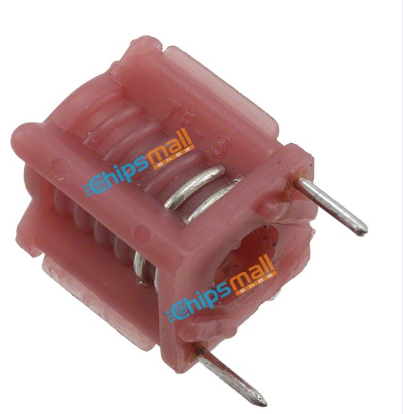OUTLINE:
Fixed Inductor and Variable Inductor
 351
351Inductance coils can be classified into fixed inductance and variable inductance according to the inductance form.
Fixed inductors are actually fixed coils, which can be single-layer coils, multi-layer coils, honeycomb coils, and coils with magnetic cores. In order to reduce the size of the fixed inductor, according to the inductance and the maximum DC operating current, the wire with the corresponding diameter is selected to be wound on the magnetic core, and then put into a plastic case and encapsulated with epoxy resin. Fixed inductors have the characteristics of small size, light weight, firm structure, and easy installation. They are mainly used in circuits such as filtering, oscillation, delay, and notch.
Fixed inductor

Variable inductors are constructed by winding copper wire around a hollow bobbin. The inductance value can be changed simply by positioning and moving a brass core or ferromagnetic material core.
Variable inductor

The main difference between fixed and variable inductors lies in their ability to change the amount of inductance they provide. Fixed inductors have a predetermined value of inductance that cannot be changed, while variable inductors can be adjusted to provide different values of inductance.
Fixed inductors are typically used in applications where a specific inductance value is required, such as in filters or tuning circuits. They are available in a variety of sizes and shapes, including surface mount and through-hole configurations, and can be made from a range of materials, including ceramic, ferrite, and air-core.
Variable inductors, on the other hand, are designed to allow for the adjustment of the inductance value. This makes them ideal for use in tunable circuits such as oscillators and filters. Variable inductors can be adjusted by changing the position of a movable core within the inductor or by using a rotary or slider switch that changes the number of turns in the coil.
The choice between fixed and variable inductors depends on the specific requirements of the circuit being designed. If a fixed inductance value is needed, a fixed inductor would be the best choice. However, if the inductance value needs to be adjusted, a variable inductor would be more appropriate.

Disclaimer: The views and opinions expressed by individual authors or forum participants on this website do not represent the views and opinions of Chipsmall, nor do they represent Chipsmall's official policy.

share this blog to:

